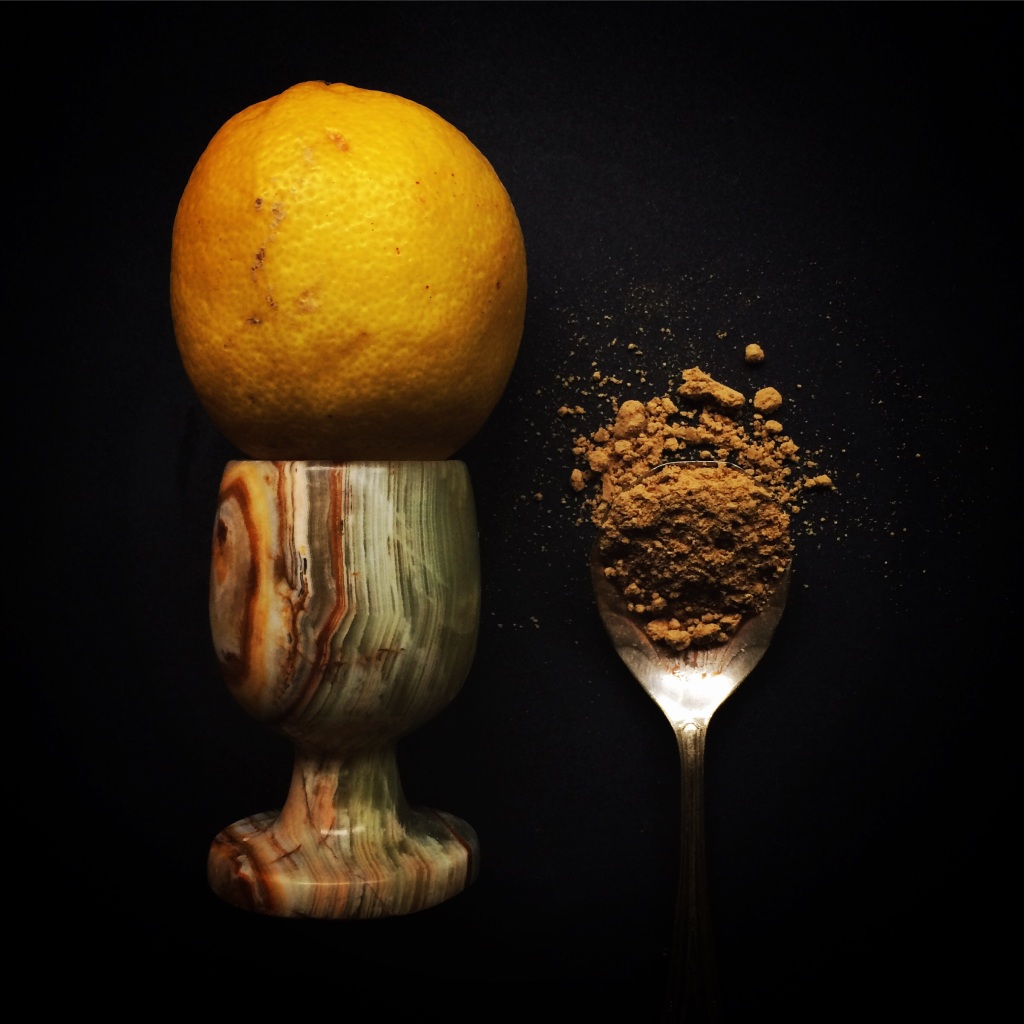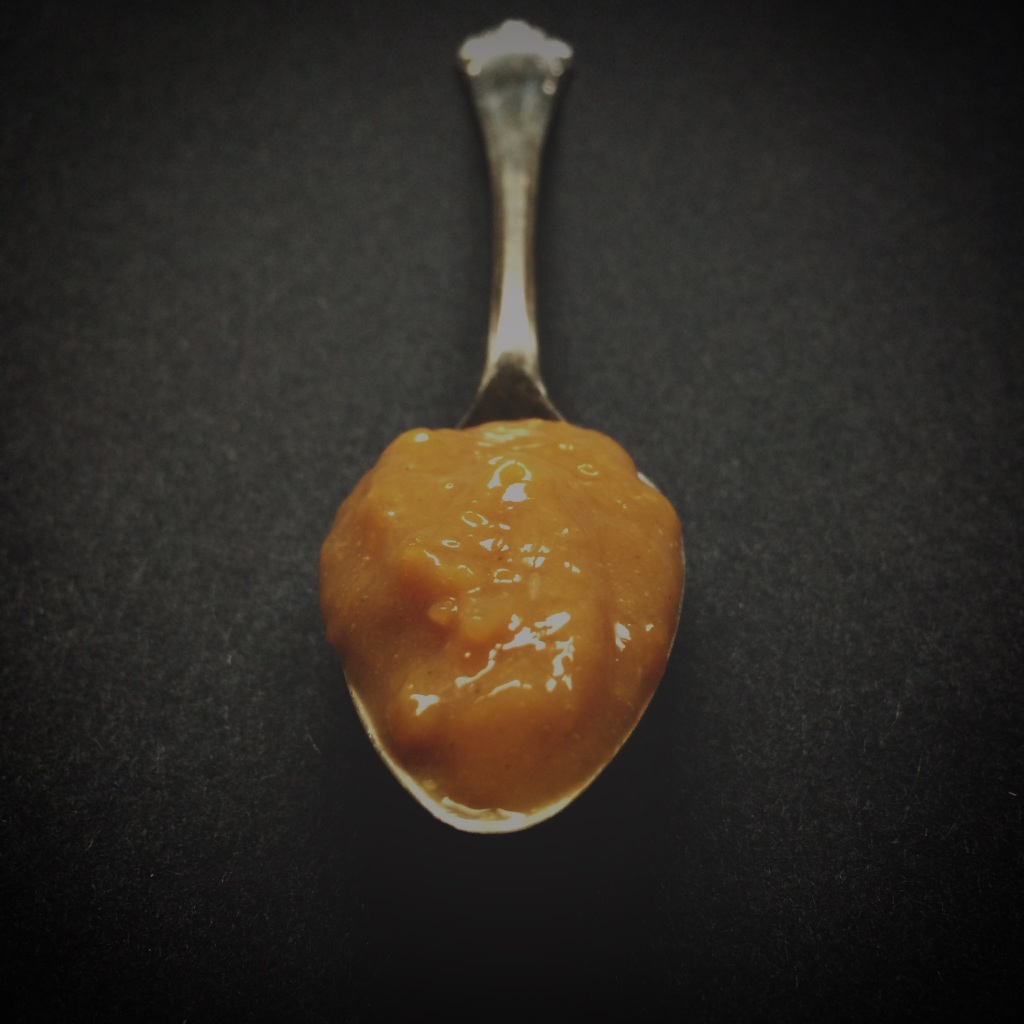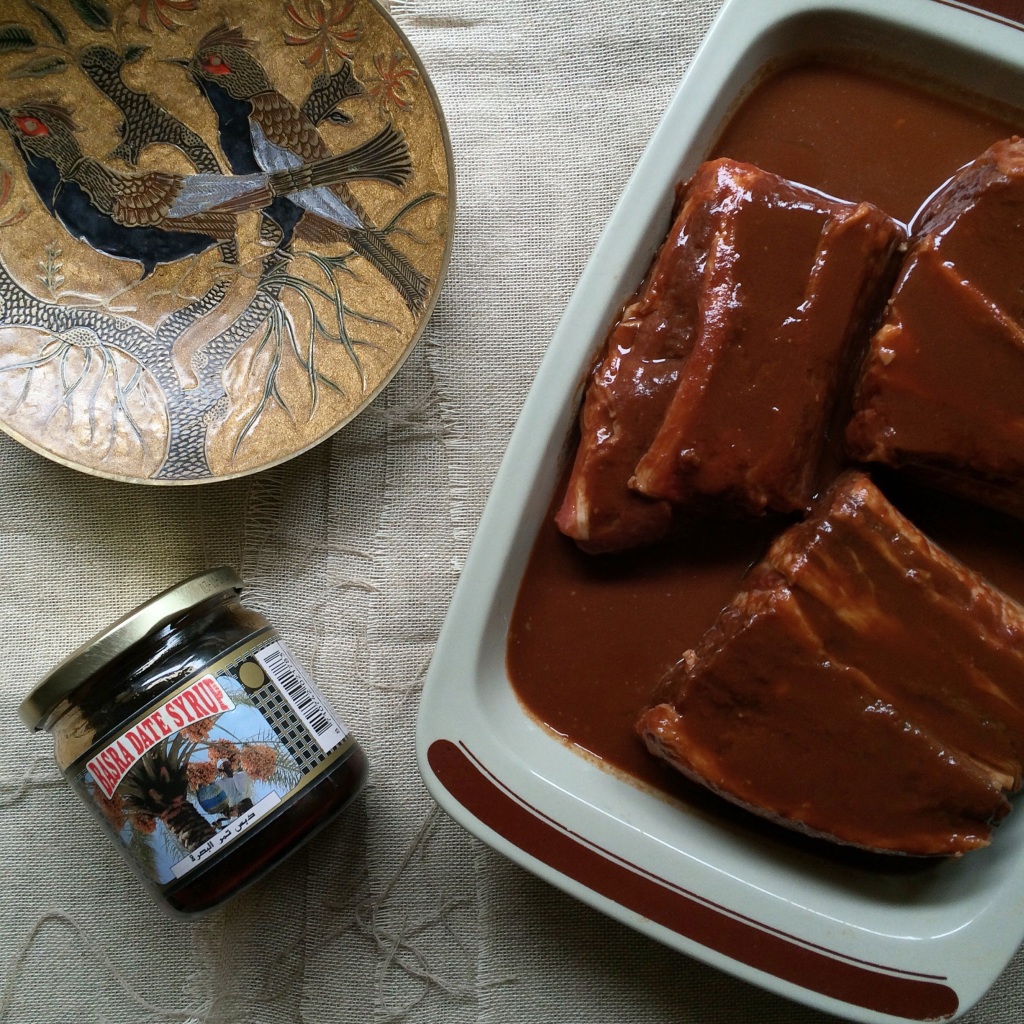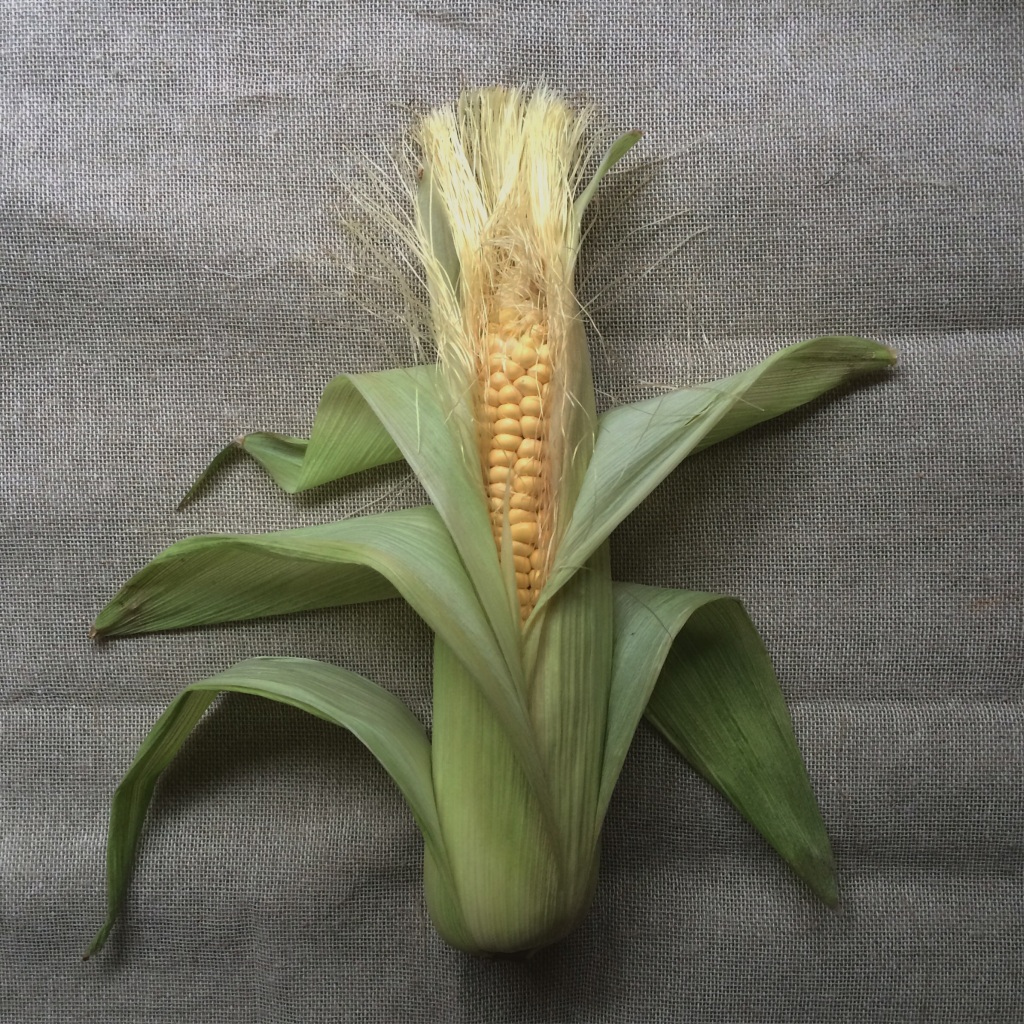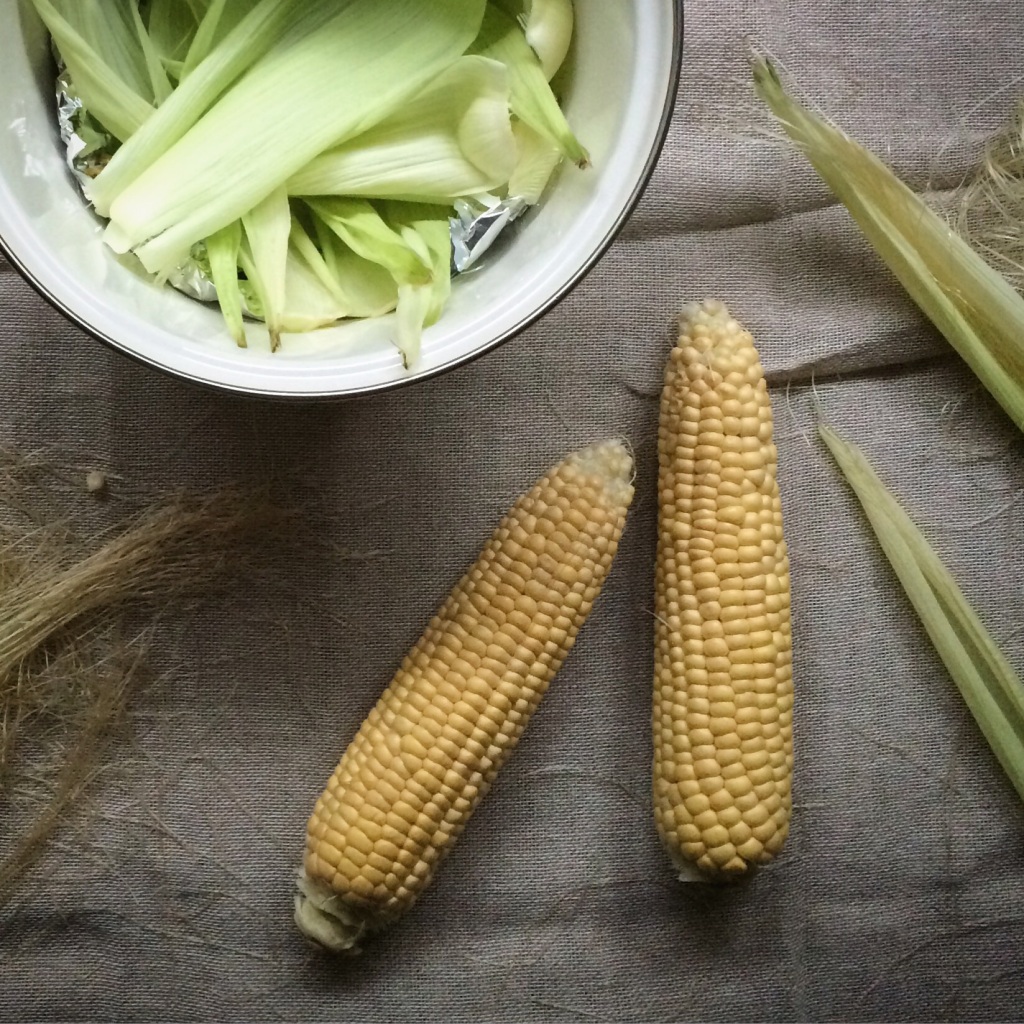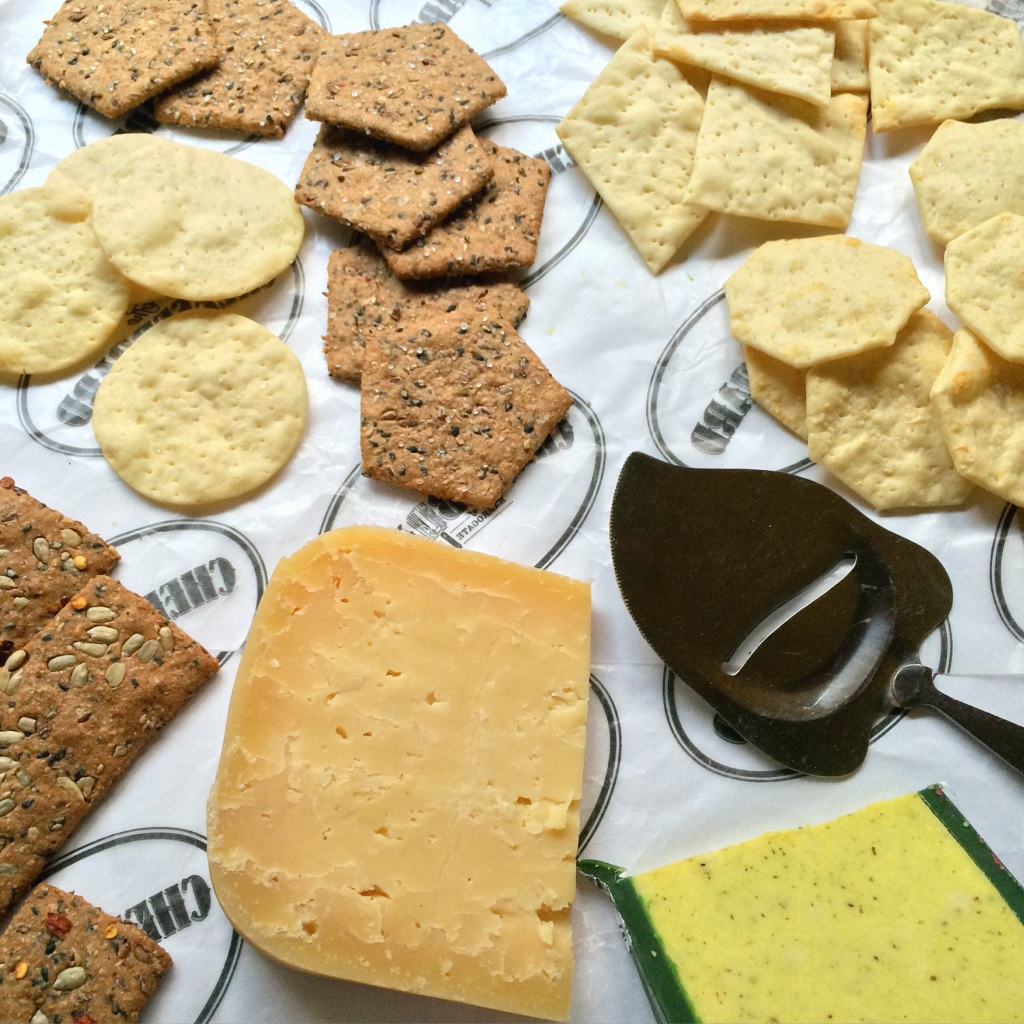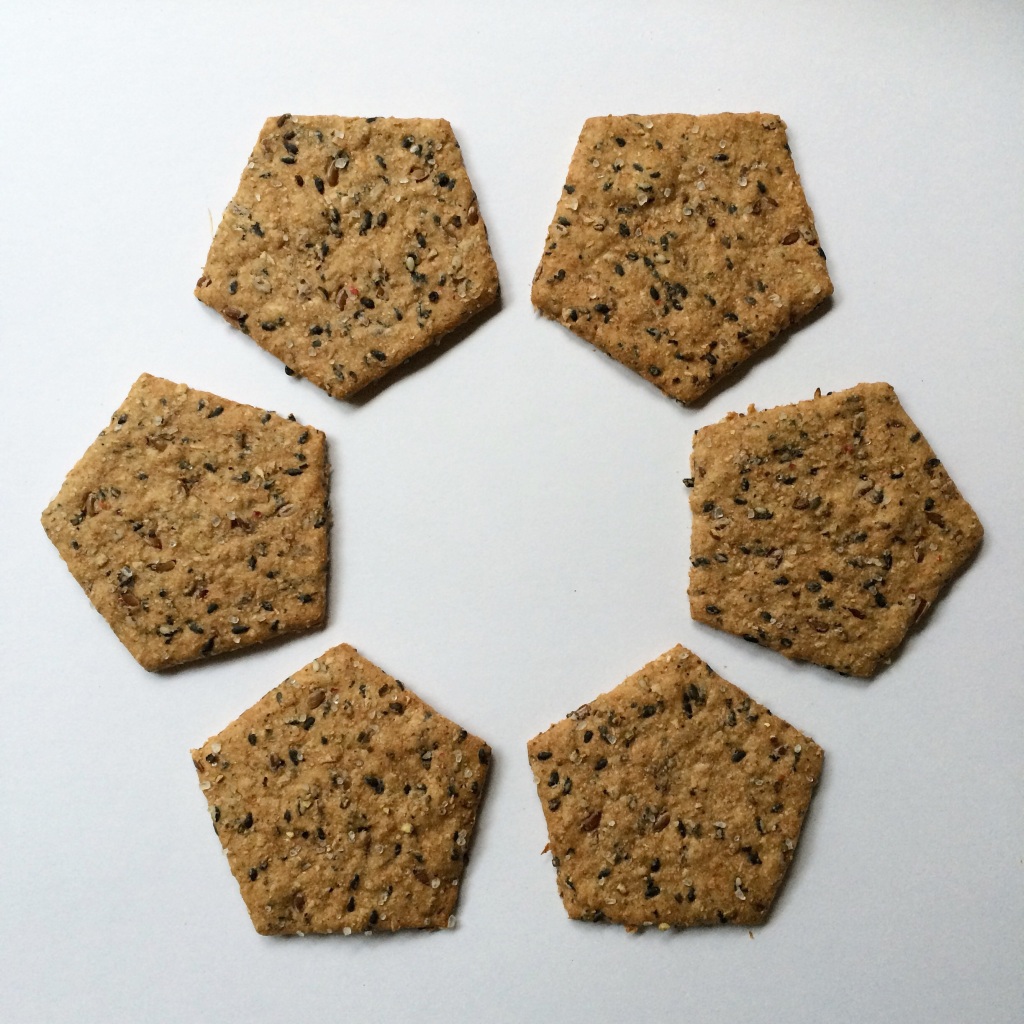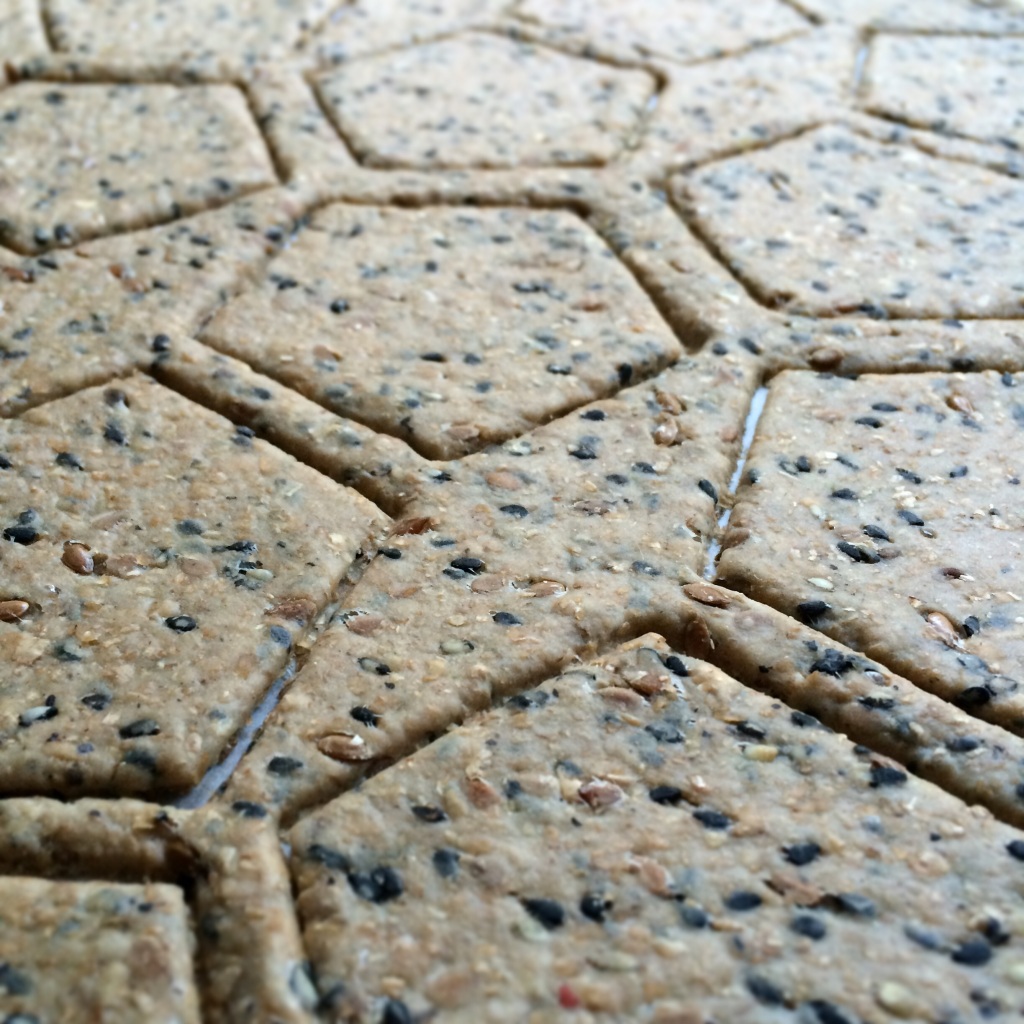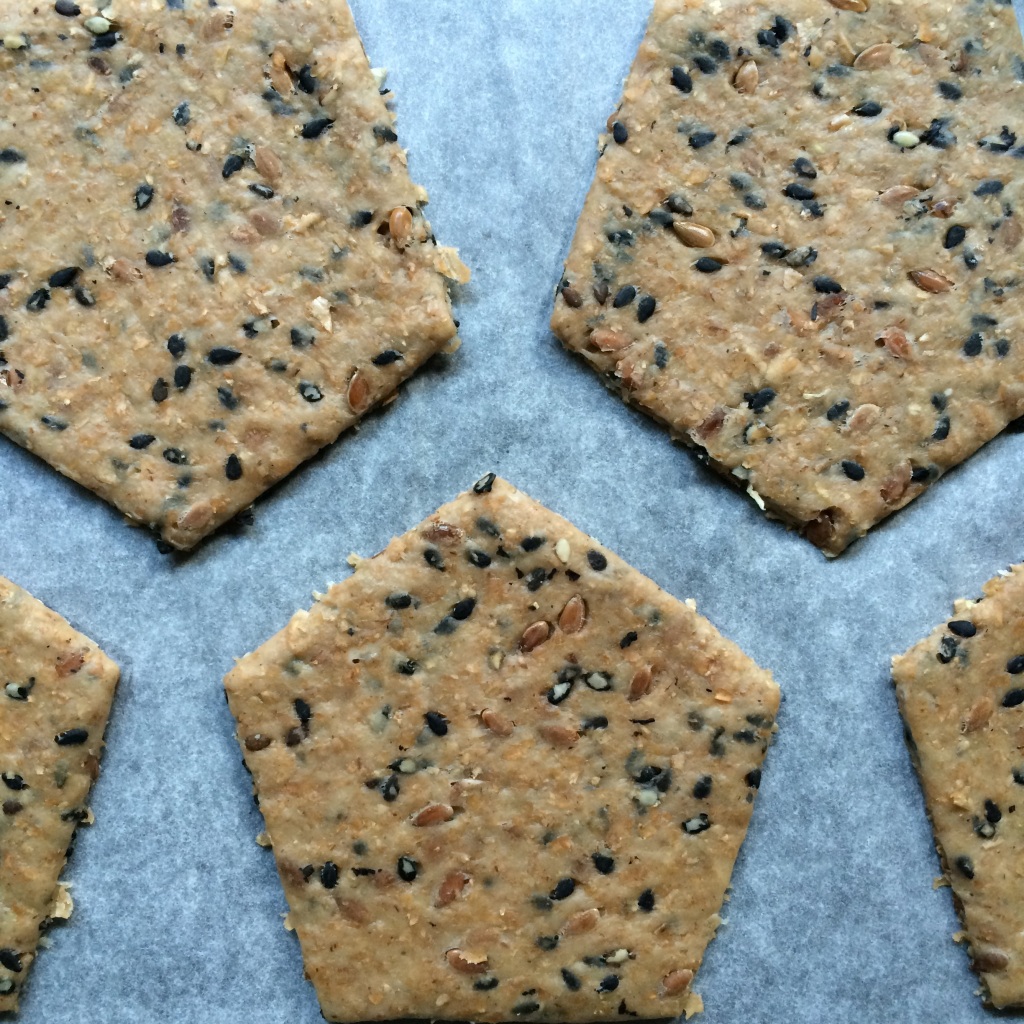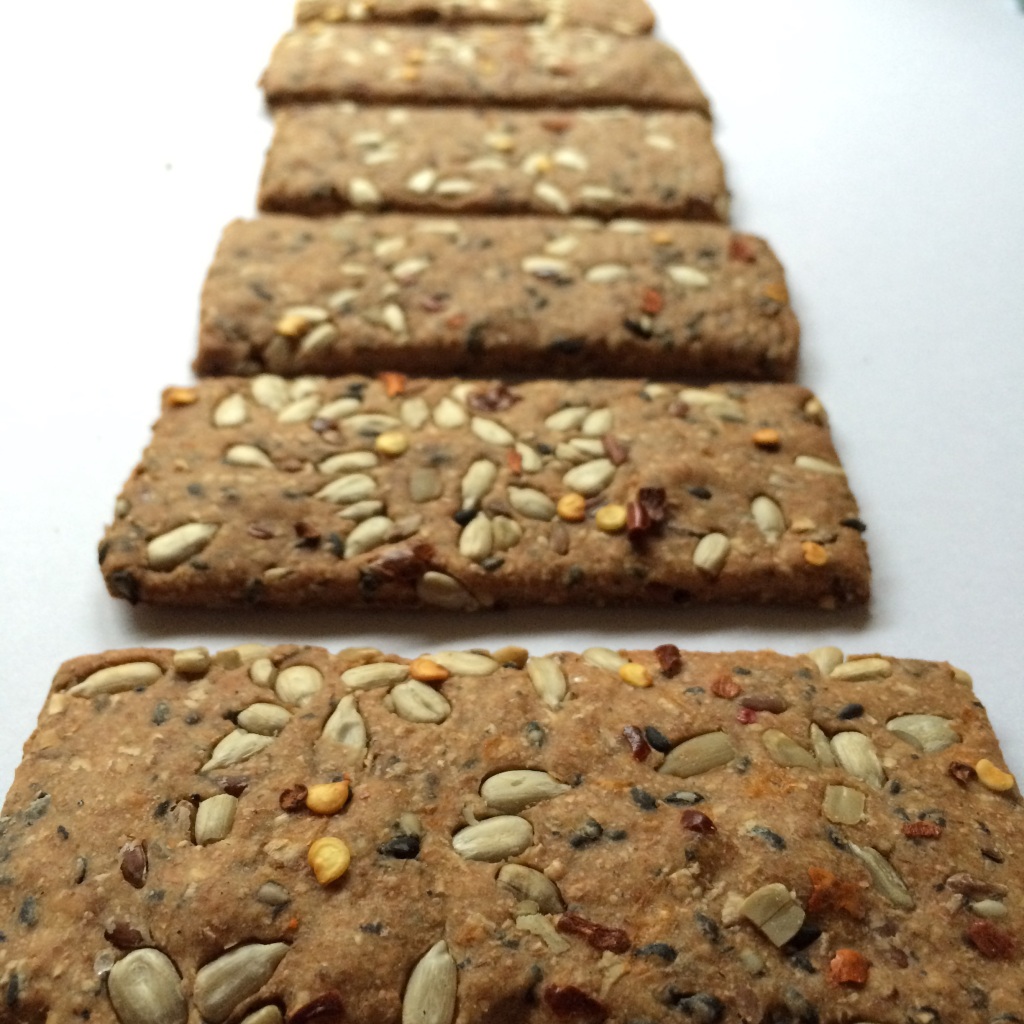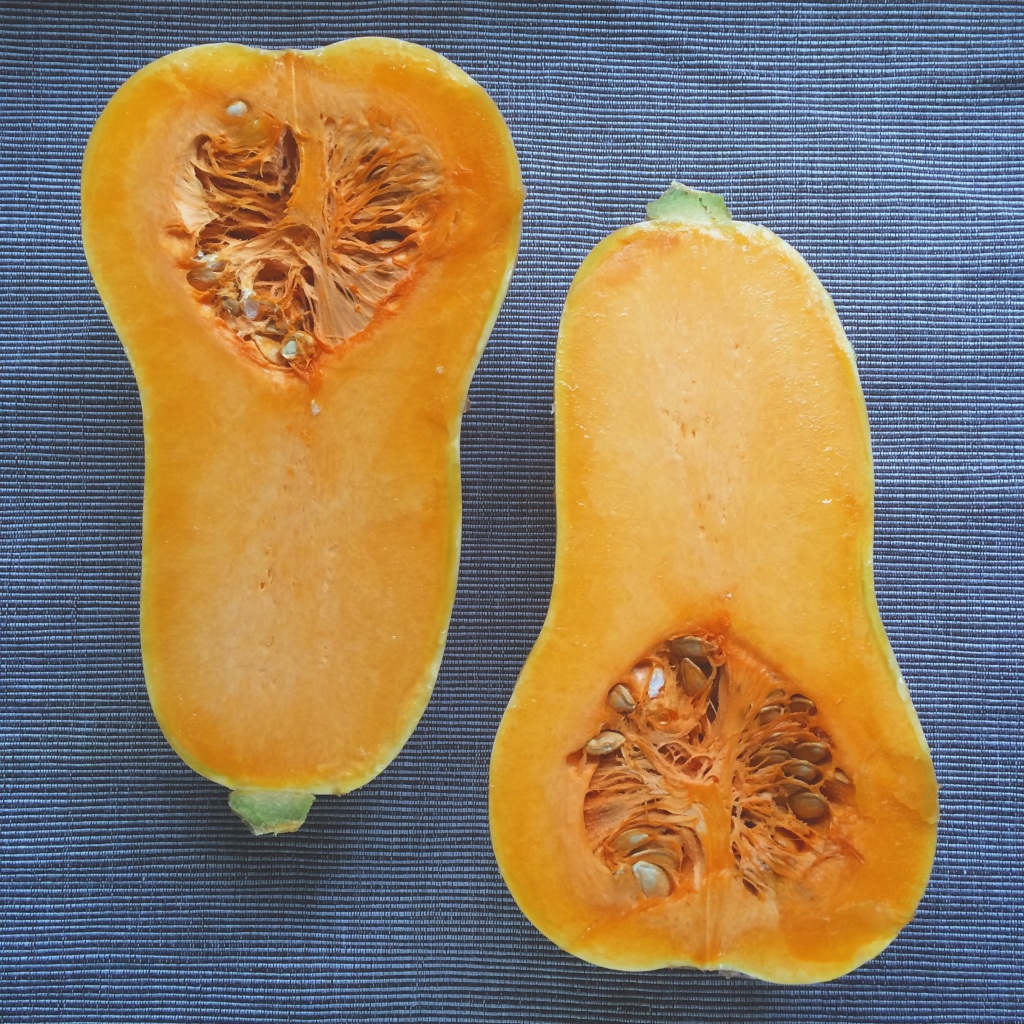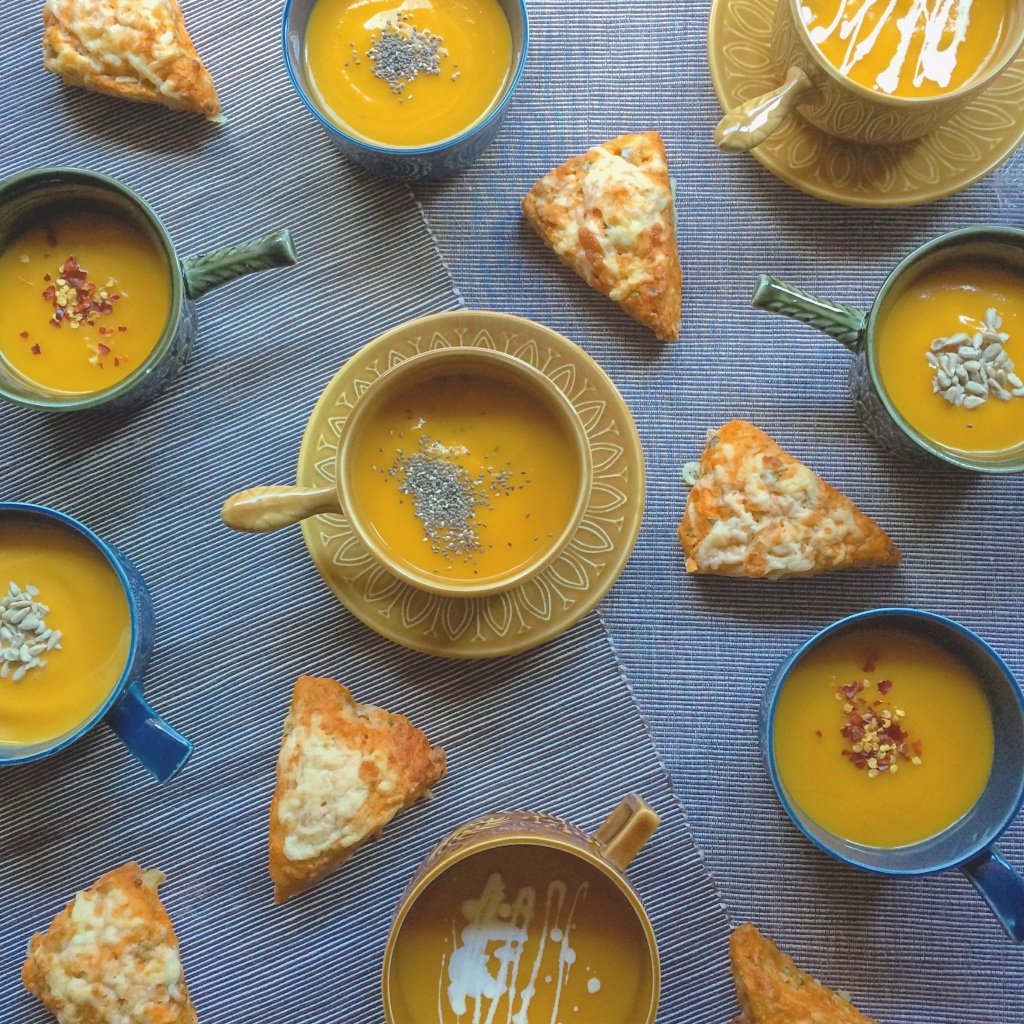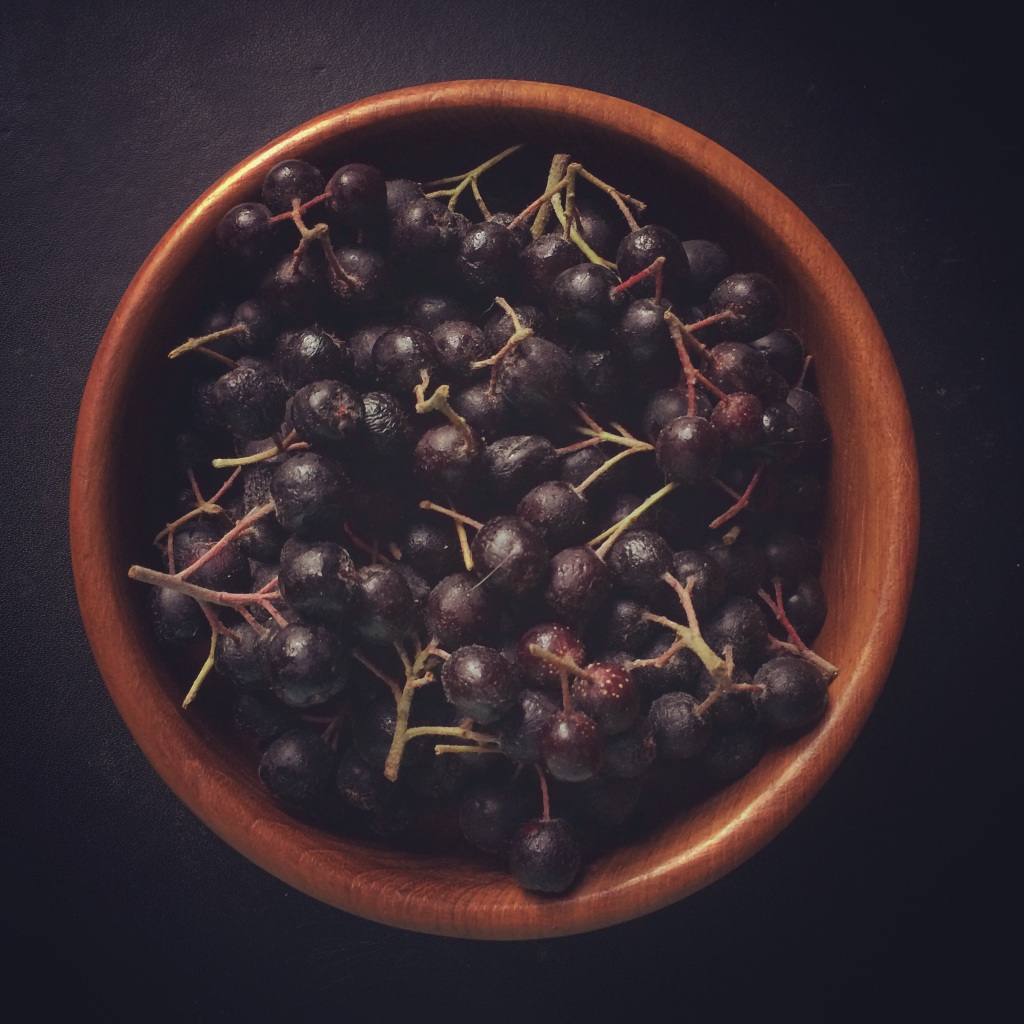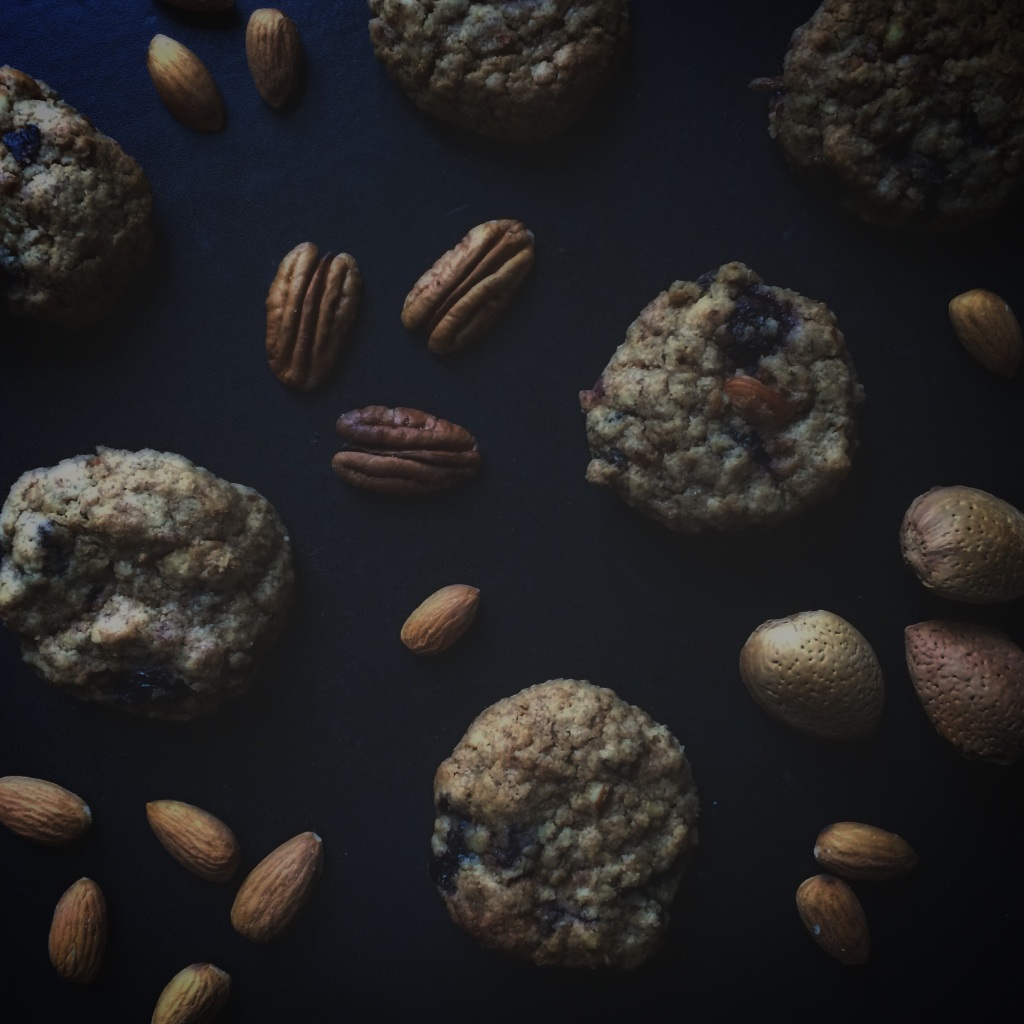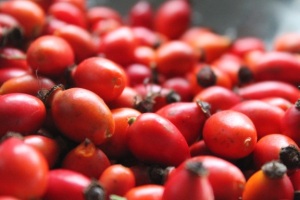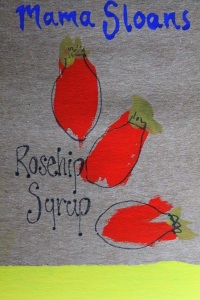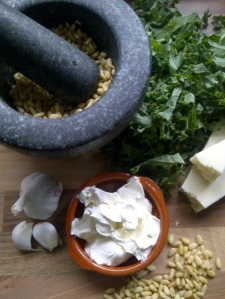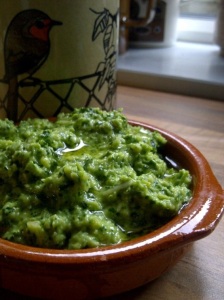
As a little girl I was borderline obsessed with rabbits. I had two pet rabbits with original and ‘out there’ names…Hopsy and Mopsy. I mastered the art of drawing a rabbit side profile – nobody could draw a rabbit side profile quite like I could. I had my highly prized collection of classy rabbit ornaments. Watership Down was listed as one of my all time favourite films. I even wrote a story about myxomatosis for my 11+ entrance exam. My career path was all mapped out; I was going to be a veterinarian with a rabbit farm, where I could cuddle the cute critters all day! I was all about those rabbits.
What I hadn’t realised is that nobody farms rabbits just for a cuddle. Thankfully this didn’t occur to me until later in life, after the rabbit loving phase had passed – so I escaped the emotional trauma of finding out that rabbits are indeed farmed for food and fur.
Now as a parent, I make it very clear to the mini Sloan’s what farms are for and where their food comes from. The process of being quite upfront with them has changed my own perspective of food too, making me more open to trying foods that I wouldn’t have considered before. I am now at a point where I can accept the thought of cooking and eating my furry four legged friends – after all, they were intended as a food and fur source when the Romans brought them to Britain (or some may argue the Normans). Populous as they may be, rabbit is an underused food source. Perhaps it is because people don’t want to eat something that looks so cute and fluffy. Having cooked it, I would put it down to folk just not having the time to invest in cooking anymore. Being incredibly lean and lacking in fat, rabbit requires long, slow cooking which I suppose doesn’t fit in with today’s quick and easy convenience foods.
I opted for wild rabbit, sourced from the local butcher, as I just couldn’t stomach the idea of it coming from a farm (it would destroy those childhood dreams).
Below is the recipe for the rabbit pie I made – I would highly recommend it to anyone looking to try rabbit for the first time. Set yourself plenty of time aside for it though – and enjoy the process!
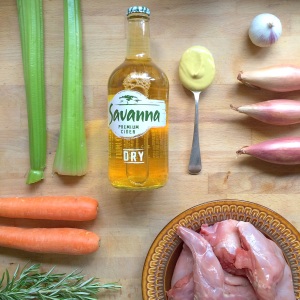
RABBIT PIE FILLING
1 wild rabbit, jointed
2tbsp coconut oil
2 sticks of celery, sliced
3 shallots, finely chopped
1 bulb of garlic, finely chopped
2 carrots, sliced
2 large sprigs of Rosemary, finely chopped
1 tbsp Dijon mustard
300ml dry cider
300ml chicken stock
50g salted butter
50g plain flour
PASTRY
110g plain white flour
115g wholemeal plain flour
1pinch of salt
100g salted butter
1 egg yolk
Soak the rabbit in water while you prepare the vegetables. Drain and pat dry with kitchen towels.
Season the rabbit pieces with salt and ground black pepper. Heat the oil in a frying pan, then lightly fry the rabbit pieces for 3-4 minutes, until the rabbit is beginning to brown. Remove from the pan and set aside.
Add the shallots, garlic, carrots and celery to the pan and lightly fry until the onions begin to turn translucent. Pour in the stock and the cider and stir in the chopped rosemary and mustard.
Put the rabbit pieces back into the pan and cover with a lid. Leave to simmer on a very low heat for one hour.
Meanwhile, make the pastry: Mix the flour and salt in a basin, rubbing in the butter with your cold fingertips until it resembles fine breadcrumbs and no visible lumps of fat are left.
Using a table knife to cut and stir, mix in a little cold water at a time until you begin to form to form a stiff dough. Gently bring the dough together with your hands. Wrap in cling film and store in the fridge until required.
When tender, remove the rabbit pieces from the stock and set aside.
Mix the softened butter into the flour with a fork and add in small pieces to the stock in the saucepan. Stir constantly over a medium heat until well combined and the sauce thickens.
Carefully remove ALL of the rabbit meat from the bones and add it to the sauce. Discard the bones.
Pour the mixture into a pie dish. Brush the edges of the dish with water.
Preheat the oven to 220C/430F/Gas 7.
For the crust, roll out the pastry on a floured work surface and cut off a strip long enough to go around the edges of the pie dish. Lay it around the edges of the dish and moisten with a little egg yolk.
Roll out the rest of the pastry into a circle large enough to fit over the pie dish. Place the pastry circle on top of the dish and press the overhanging edges down into the pastry strip, sealing well. Make a few slits in the top of the pastry to let out the steam and prevent the crust from going soggy. Use any left over pastry for decorative finishes and stick using the egg yolk.
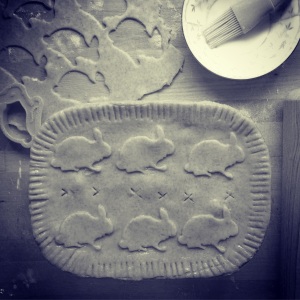
Brush the top of the pastry with the yolk, then bake in the oven for 30-40 minutes, or until the pastry is golden-brown and crisp. Slice into wedges and serve.


